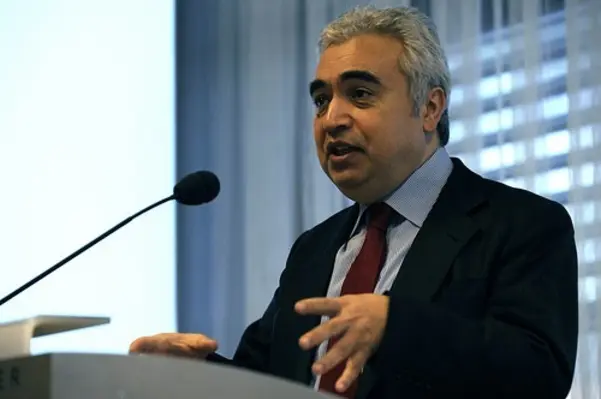With the global energy landscape experiencing dramatic change, energy efficiency needs to become a top priority, the International Energy Agency (IEA) has claimed in the 2012 edition of its World Energy Outlook (WEO)
The IEA stated that changes on the global energy map will alter expectations over the coming decades regarding the role of different countries, regions and fuels in the global energy system.
Speaking at the WEO 2012 launch in London on 12 November 2012, IEA executive director Maria van der Hoeven said, “This year’s World Energy Outlook shows that by 2035, we can achieve energy savings equivalent to nearly a fifth of global demand in 2010. In other words, energy efficiency is just as important as unconstrained energy supply, and increased action on efficiency can serve as a unifying energy policy that brings multiple benefits.”
The IEA reported that energy consumption in the Middle East is predicted to rise at an annual rate of 1.9 per cent until 2035. An expanding population, rising incomes, rapid development and heavy subsidies for fossil fuels were all attributed to the region’s growing demand for energy.
It is also estimated that per-capita consumption in the region will be almost 85 per cent of the Organisation for Economic Co-operation and Development (OECD) average in 2035, while in 2010 it was 72 per cent. Meanwhile, almost 90 per cent of Middle Eastern oil exports will be drawn to Asia by 2035, the report suggested.
On a global scale, energy demand will push ever higher, with China, India and the Middle East accounting for 60 per cent of the growth, it said. Fossil fuels are predicted to remain dominant, rising by almost 30 per cent in 2011 to US$523bn, mainly due to increases in the MENA region.
Global oil demand is set to grow by seven million barrels per day (mbpd) to 2020 and exceed 99 mbpd in 2035, by which time oil prices are expected to reach US$125 per barrel in real terms. Iraq is expected to become the second largest global oil exporter in 2035, accounting for 45 per cent of this figure.
While the IEA expects the regional picture for natural gas to vary, global expectations over the coming decades look positive, with a 50 per cent increase to five trillion cubic metres estimated in 2035.
WEO 2012 suggested that renewables will become the world’s second largest source of power generation by 2015, with coal as the primary source by 2035. This rapid increase does however hinge critically on continued subsidies. In 2011, subsidies amounted to US$88bn, but over the period to 2035 they would need to amount to US$4.8 trillion. More than half of this has however already been committed to existing projects or is needed to meet 2020 targets.
WEO 2012 also presented the results of an Efficient World Scenario, which shows what energy efficiency improvements can be achieved by adopting economically justifiable initiatives. The IEA noted that greater energy efficiency could cut the growth in global energy demand by half.
The report explained that global oil demand would peak before 2020 and be almost 13 mbpd lower by 2035. The accrued resources would facilitate a gradual reorientation of the global economy, boosting cumulative economic output to 2035 by US$18 trillion, it claimed.
Fatih Birol, chief economist of the IEA and main author of the WEO, said, “Our analysis shows that in the absence of a concerted policy push, two-thirds of the economically viable potential to improve energy efficiency will remain unrealised through to 2035.
“Action to improve energy efficiency could delay the complete ‘lock-in’ of the allowable emissions of carbon dioxide under a 2oC trajectory - which is currently set to happen in 2017 - until 2022, buying time to secure a much-needed global climate agreement. It would also bring substantial energy security and economic benefits, including cutting fuel bills by 20 per cent on average,” he added.









